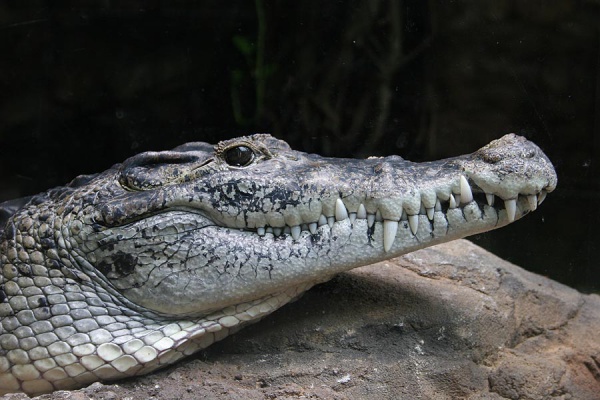Facts About New Guinea crocodile
The New Guinea crocodile is a smaller species indigenous to the island of New Guinea. Initially believed to be a subspecies of the Philippine crocodile, genetic studies have since revealed that they are, in fact, distinct species. These crocodiles inhabit freshwater swamps and lakes, where they predominantly hunt fish and small animals. Female New Guinea crocodiles lay their eggs in nests and exhibit a degree of parental care for their hatchlings.
During the mid-20th century, the New Guinea crocodile faced intense hunting pressure for its valuable skin, prompting significant conservation efforts. As a result of these initiatives, the species is now classified as "Least Concern" by the International Union for Conservation of Nature (IUCN).
First described in 1928, the New Guinea crocodile is now recognized as a species separate from the Philippine crocodile. It resides in freshwater areas in northern New Guinea, whereas Hall's New Guinea crocodile, a closely related species, is found in the southern part of the island. These crocodiles are nocturnal and are notable for their parental care behaviors.
Conservation initiatives, such as ranching and controlled harvesting, have been instrumental in stabilizing the population of New Guinea crocodiles. Despite historical threats from overhunting, these measures have facilitated the species' recovery. Nonetheless, challenges persist, as demonstrated by a 2018 incident in West Papua, Indonesia, in which several crocodiles were killed. This incident highlights the ongoing need for effective conservation strategies to protect these remarkable reptiles.

 Indonesia
Indonesia